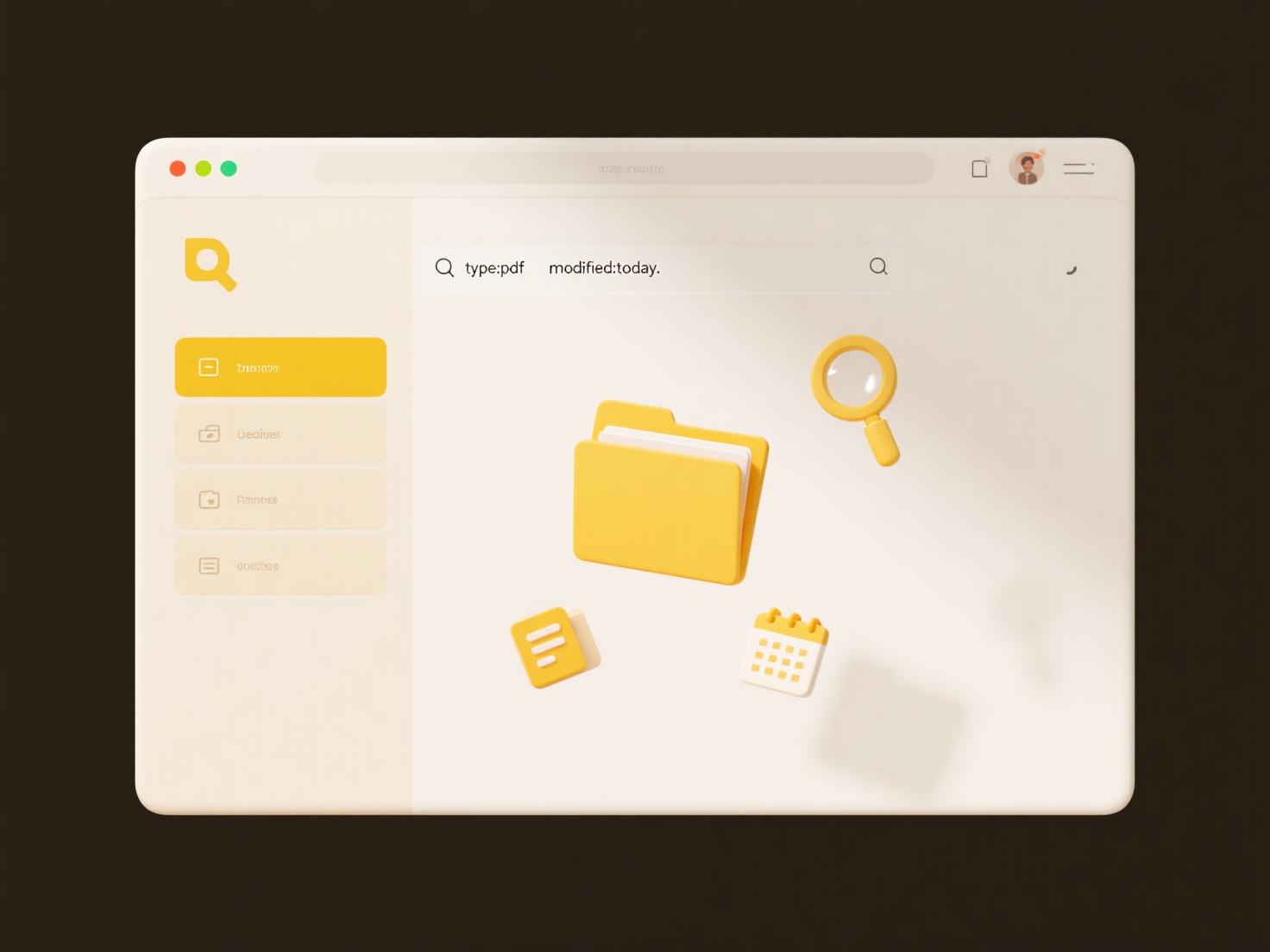
Local file permissions are stored and managed by your computer's operating system (like Windows, macOS, or Linux). These permissions (e.g., read, write, execute) are typically assigned to specific user accounts or groups defined on that single machine, controlling who can access or modify files physically stored on that device or directly attached network storage. Cloud file permissions, in contrast, are managed centrally by the cloud service provider. They rely on identity and access management (IAM) systems specific to that platform, defining who (users, groups, roles) can perform specific actions (view, edit, share, delete) on files stored remotely on the provider's servers.

For local files, a Windows system administrator might set permissions so only the 'Finance' group can modify a budget spreadsheet stored on a company file server. Access requires being logged onto that specific company network. For cloud files, a user in Google Drive could share a document with specific individuals, granting 'Viewer', 'Commenter', or 'Editor' access explicitly via their email address. Access is controlled through the cloud platform anywhere with an internet connection.
Cloud permissions generally offer greater granularity, like sharing with external users or setting expiring links, and simplify management across many devices. However, they depend entirely on the cloud provider's infrastructure and security controls. Local permissions offer more direct user/OS control but become complex across large, distributed environments and lack easy external sharing options. Organizations often need hybrid approaches for different data sensitivity levels.
How do permissions differ between local and cloud files?
Local file permissions are stored and managed by your computer's operating system (like Windows, macOS, or Linux). These permissions (e.g., read, write, execute) are typically assigned to specific user accounts or groups defined on that single machine, controlling who can access or modify files physically stored on that device or directly attached network storage. Cloud file permissions, in contrast, are managed centrally by the cloud service provider. They rely on identity and access management (IAM) systems specific to that platform, defining who (users, groups, roles) can perform specific actions (view, edit, share, delete) on files stored remotely on the provider's servers.

For local files, a Windows system administrator might set permissions so only the 'Finance' group can modify a budget spreadsheet stored on a company file server. Access requires being logged onto that specific company network. For cloud files, a user in Google Drive could share a document with specific individuals, granting 'Viewer', 'Commenter', or 'Editor' access explicitly via their email address. Access is controlled through the cloud platform anywhere with an internet connection.
Cloud permissions generally offer greater granularity, like sharing with external users or setting expiring links, and simplify management across many devices. However, they depend entirely on the cloud provider's infrastructure and security controls. Local permissions offer more direct user/OS control but become complex across large, distributed environments and lack easy external sharing options. Organizations often need hybrid approaches for different data sensitivity levels.
Quick Article Links
Can I export directly to email or cloud?
Direct export to email or cloud refers to the capability within software applications to send generated files or data di...
Are there tools that detect duplicate photos visually?
Visual duplicate photo detection tools identify images that look identical or nearly identical to human eyes, regardless...
How do I export a presentation from Keynote to PowerPoint?
Exporting a Keynote presentation for use in Microsoft PowerPoint involves converting your Keynote (.key) file into a for...